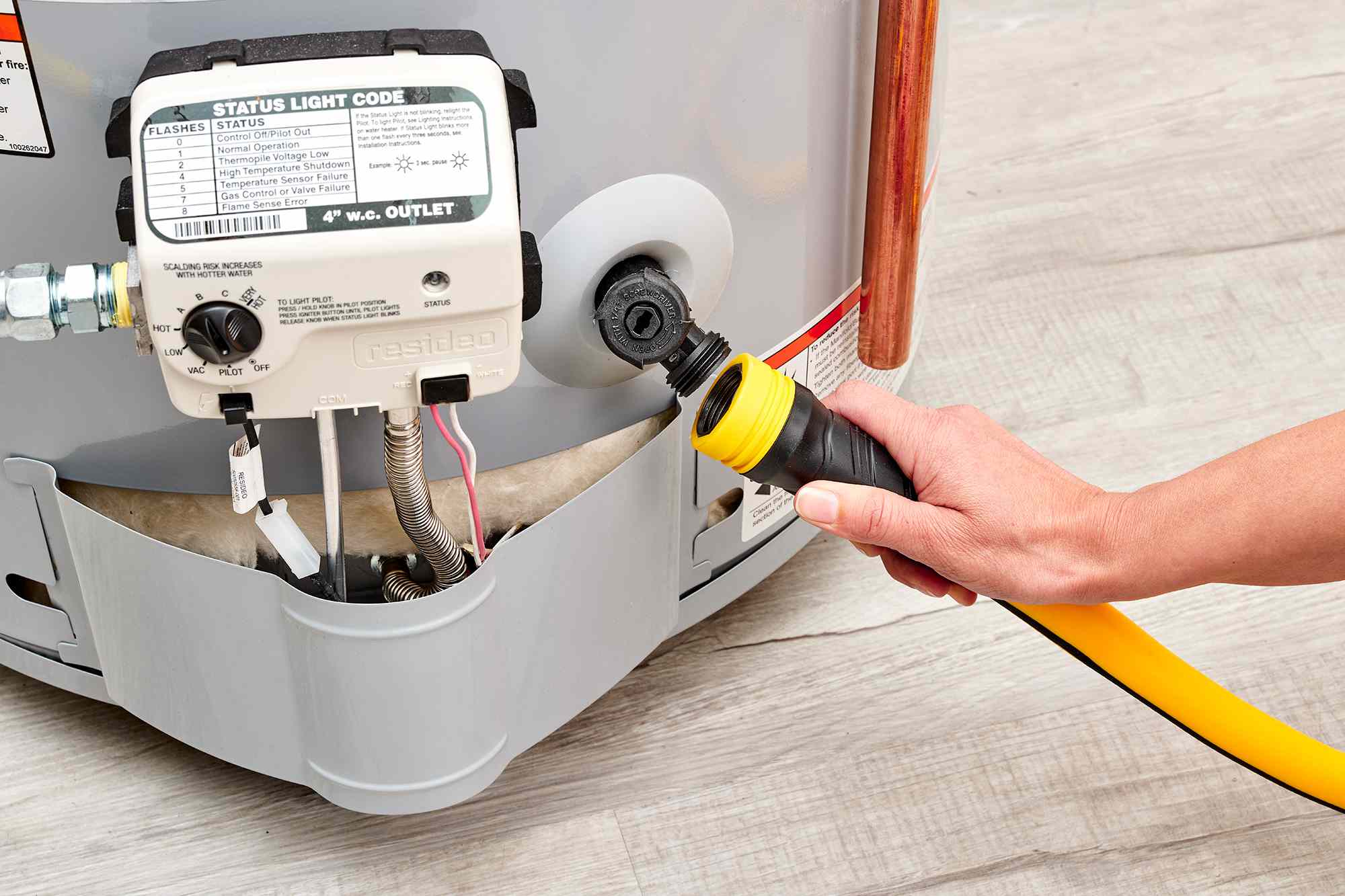

Articles
How Do You Flush A Hot Water Heater
Modified: February 22, 2024
Learn how to flush a hot water heater with our informative articles. Keep your hot water running smoothly with our step-by-step guide.
(Many of the links in this article redirect to a specific reviewed product. Your purchase of these products through affiliate links helps to generate commission for Storables.com, at no extra cost. Learn more)
Introduction
When it comes to maintaining your hot water heater, one important task is to flush it regularly. Over time, sediment and mineral deposits can build up inside the tank, reducing its efficiency and potentially causing damage. Flushing your hot water heater helps remove these deposits, ensuring optimal performance and prolonging its lifespan.
In this article, we will guide you through the step-by-step process of flushing a hot water heater. We will cover everything from turning off the power to refilling and restarting the heater. So, let’s dive in and learn how you can keep your hot water heater running smoothly.
Key Takeaways:
- Regularly flushing your hot water heater is crucial for removing sediment and mineral deposits, ensuring optimal performance and longevity. It’s a simple yet effective maintenance task that can save you from potential issues in the future.
- By following the step-by-step process outlined in this article, you can effectively maintain your hot water heater, ensuring consistent and reliable hot water for all your daily needs. Remember to consult your heater’s manual and seek professional assistance if needed.
Read more: How To Flush Navien Tankless Water Heater
Step 1: Turn off the Power
Before starting the flushing process, it’s crucial to turn off the power supply to your hot water heater. This step ensures your safety and prevents any accidents while working on the unit.
If you have an electric water heater, locate the circuit breaker panel in your home. Look for the breaker dedicated to the hot water heater and switch it off. Double-check that the power is off by testing the heater’s thermostat or by running a hot water tap. If no hot water is coming out, you can proceed with confidence.
If you have a gas water heater, find the gas control valve located on the exterior of the tank. Rotate the valve to the “off” position. This will prevent the heater from igniting while you work on it.
Once you have ensured that the power supply is turned off, you can move on to the next steps of flushing your hot water heater.
Step 2: Gather the Necessary Tools and Materials
Before you begin the flushing process, it’s important to gather all the tools and materials you’ll need. This ensures a smooth and efficient process without any unnecessary interruptions.
Here’s a list of the essential tools and materials you’ll need:
- A garden hose long enough to reach from the hot water heater to a suitable drainage location.
- A bucket or a large container to collect the water and sediment from the tank.
- An adjustable wrench or pliers to loosen and tighten the necessary connections.
- A screwdriver to remove any access panels or covers on the water heater.
- Gloves and safety goggles to protect your hands and eyes.
- A stiff brush or sponge for cleaning the tank (optional but recommended).
- White vinegar or a descaling solution (if needed for removing mineral deposits).
Make sure you have all these tools and materials readily available before you proceed with flushing your hot water heater. This will save you time and ensure that you have everything you need to complete the job effectively.
Step 3: Prepare the Hot Water Heater
Now that you have gathered the necessary tools and materials, it’s time to prepare your hot water heater for flushing. This step involves a few important tasks to ensure a successful and efficient process.
First, locate the drain valve at the bottom of the water heater. This valve is typically a brass or plastic spigot that allows you to drain the tank. Attach one end of the garden hose securely to the drain valve. Make sure the hose is tightly connected to prevent any leaks during the flushing process. The other end of the hose should be positioned at a suitable drainage location, such as a floor drain or an outdoor area.
Next, close the inlet valve that supplies cold water to the tank. This valve is usually located on the cold water pipe leading into the water heater. Turning off the inlet valve prevents any additional water from entering the tank while you are flushing it.
If your hot water heater has a pressure release valve, open it temporarily to allow air into the tank. This step will help facilitate the draining process by breaking the vacuum seal.
If you have an electric water heater, you may need to remove any access panels or covers to access the thermostat and heating elements. Consult your hot water heater’s manual for specific instructions on removing any necessary components.
By following these preparation steps, you ensure that your hot water heater is ready for flushing and that the process will go smoothly.
Step 4: Drain the Tank
With everything prepared, it’s time to drain the tank of your hot water heater. This step is crucial for removing the sediment and mineral deposits that have built up over time.
Start by opening the drain valve at the bottom of the tank. This can be done by turning the valve counterclockwise. As the valve opens, water will begin to flow out through the garden hose. Be careful as the water might be hot, so make sure you are wearing gloves and taking necessary precautions to avoid burns.
Allow the water to flow out completely until the tank is empty. Depending on the size of your tank and the amount of sediment accumulated, this process may take some time. Be patient and let the water drain fully.
While draining the tank, you may notice sediment and debris coming out with the water. This is perfectly normal and an indication that the flushing process is effectively removing the build-up inside the tank.
Once the tank is fully drained, close the drain valve by turning it clockwise. Make sure it is tightly closed to prevent any leaks when refilling the tank.
At this point, it’s a good idea to inspect the drained water for any unusual particles or discoloration. If you notice anything unusual, it may indicate a larger issue with your hot water heater that requires professional attention.
Now that the tank is drained, it’s time to move on to the next step: flushing the hot water heater.
Tip: To flush a hot water heater, turn off the power and water supply, attach a hose to the drain valve, and drain the tank until the water runs clear. Then, refill the tank and turn the power back on.
Step 5: Flush the Hot Water Heater
After draining the tank, the next step in flushing your hot water heater is to actually flush it out with fresh water. This process helps to remove any remaining sediment and debris and ensures that your hot water heater is clean and ready for use.
To begin the flushing process, turn on the cold water supply valve that you closed earlier. This will allow fresh water to enter the tank and flush out any remaining sediment.
While the cold water is flowing into the tank, open the drain valve again to allow the water to flush through. The rushing water will help to dislodge and carry away any remaining sediment.
Let the fresh water continue to flow into the tank and out through the drain valve for a few minutes. This thorough flushing will help ensure that all the sediment and debris are eliminated from the tank.
As you are flushing, keep a close eye on the water flow. If it continues to run cloudy or discolored, it may be an indication that there is still sediment present. In this case, you may need to repeat the flushing process multiple times until the water runs clear.
If you notice any particularly stubborn sediment or mineral deposits clinging to the sides or bottom of the tank, you can use a stiff brush or sponge to scrub them away. Be cautious when doing this to avoid damaging the tank or any components inside.
Once you are satisfied with the flushing process and the water runs clear, close the drain valve and turn off the cold water supply. This indicates that the tank is now clean and ready for the next step: inspecting and cleaning the tank.
Step 6: Inspect and Clean the Tank
Now that you have successfully flushed the hot water heater, it’s time to inspect the tank and clean any remaining residue or mineral deposits. This step ensures that your hot water heater operates at its best and helps to prevent future build-up.
Start by visually inspecting the tank’s interior. Look for any signs of corrosion, cracks, or damage. If you notice any issues, it may be necessary to consult a professional for repairs or replacement.
If there are mineral deposits or residue clinging to the sides or bottom of the tank, you can use a sponge or a stiff brush to scrub them away. Be gentle while cleaning to avoid damaging the tank’s lining or components.
If mineral deposits are particularly stubborn, you can use a descaling solution or white vinegar to dissolve them. Pour the solution or vinegar into the tank and let it sit for a few hours or overnight to break down the build-up. Afterward, use the brush or sponge to scrub away the loosened deposits.
Once you have thoroughly cleaned the tank’s interior, rinse it with fresh water to remove any traces of the cleaning solution or vinegar.
After the tank is cleaned and rinsed, take a moment to inspect the drain valve and any other fittings or connections. Ensure they are tightly secured and free from any leaks. If you notice any issues, tighten or repair them as necessary.
By inspecting and cleaning the tank, you maintain the overall health and efficiency of your hot water heater. This step also helps to extend its lifespan and ensures the continued delivery of hot water to your home.
Step 7: Refill and Restart the Hot Water Heater
After completing the inspection and cleaning of the tank, it’s time to refill and restart your hot water heater. This step ensures that the tank is properly filled with water and that the heater can resume its normal operation.
Start by closing the drain valve that you opened during the flushing process. Ensure that it is tightly closed to prevent any leaks when water is reintroduced into the tank.
Next, open the cold water supply valve that you previously closed. This allows water to flow back into the tank and ensures that it is properly filled. You may hear some gurgling noises as the tank fills, which is normal.
As the tank is refilling, keep an eye on the pressure relief valve to ensure that it is not leaking or releasing excessive pressure. If you notice any issues, consult your hot water heater’s manual or consider seeking professional assistance.
During the refilling process, it’s essential to be patient. The time it takes for the tank to refill will depend on its size and your water pressure. Once the tank is full, you can proceed to the next step: testing the hot water heater.
It’s important to note that if you have a gas water heater, you need to follow the manufacturer’s instructions for reigniting the pilot light and restarting the heater. In some cases, you may need to relight the pilot light manually. Consult your hot water heater manual or consider contacting a professional if you are unsure.
For electric water heaters, you can turn the power back on at the breaker panel or thermostat. Follow the manufacturer’s instructions for restarting the heater, ensuring that it is done safely and correctly.
Now that your hot water heater is refilled and restarted, it’s time to move on to the final step: testing the hot water to ensure that everything is functioning properly.
Step 8: Test the Hot Water Heater
The final step in the process of flushing and maintaining your hot water heater is to test it to ensure it is functioning properly. Testing allows you to verify that the heater is producing hot water at the desired temperature and that all components are working as they should.
Start by turning on a hot water faucet in your home. Allow the water to run for a few minutes to ensure that any air trapped in the plumbing system is released. This step helps to prevent sputtering or uneven flow when using hot water later.
Check the hot water faucet to see if the water is coming out at the desired temperature. If the water is not hot enough, you may need to adjust the thermostat on your hot water heater. Consult the manufacturer’s instructions for guidance on setting the appropriate temperature.
While the hot water is running, check for any leaks around the hot water heater and its connections. Look for any signs of water dripping or pooling. If you notice any leaks, address them promptly as they could indicate a larger problem that needs attention.
Pay attention to the performance of the hot water heater as you use it. Listen for any unusual noises coming from the heater, such as banging or hissing sounds, which may indicate a problem with the heating elements or other components. Any unusual smells, such as a strong metallic or rotten egg odor, should also be investigated.
If the hot water heater is providing a consistent supply of hot water at the desired temperature, and there are no signs of leaks or unusual noises, then it is functioning properly. Congratulations, you have successfully flushed and tested your hot water heater!
Remember to monitor the performance of your hot water heater regularly and schedule routine maintenance as recommended by the manufacturer. Flushing your hot water heater at least once a year can help to prevent sediment build-up and ensure its optimal performance and longevity.
By following these steps and keeping up with regular maintenance, you can enjoy reliable hot water for your daily needs and extend the lifespan of your hot water heater.
Read more: How To Flush Rheem Tankless Water Heater
Conclusion
Flushing your hot water heater is a crucial maintenance task that should not be overlooked. By following the step-by-step process outlined in this article, you can effectively remove sediment and mineral deposits, ensuring optimal performance and longevity of your hot water heater.
Remember to start by turning off the power and gathering the necessary tools and materials. Prepare the hot water heater by draining the tank and flushing it with fresh water. Inspect and clean the tank, ensuring that it is free from residue and mineral build-up. Refill the tank and restart the hot water heater, following the manufacturer’s instructions for gas or electric models. Finally, test the hot water heater to ensure it is functioning properly, checking for leaks and monitoring its performance.
Regularly flushing your hot water heater is essential in maintaining its efficiency and preventing potential issues that can arise from sediment and mineral accumulation. By incorporating this task into your annual home maintenance routine, you can enjoy consistent and reliable hot water for all your daily needs.
Always consult your hot water heater’s manual for specific instructions and safety guidelines. If you are unsure or uncomfortable performing any of the steps, it is recommended to seek professional assistance to ensure the job is done safely and correctly.
Take care of your hot water heater, and it will take care of you by providing the hot water you need for years to come.
Frequently Asked Questions about How Do You Flush A Hot Water Heater
Was this page helpful?
At Storables.com, we guarantee accurate and reliable information. Our content, validated by Expert Board Contributors, is crafted following stringent Editorial Policies. We're committed to providing you with well-researched, expert-backed insights for all your informational needs.
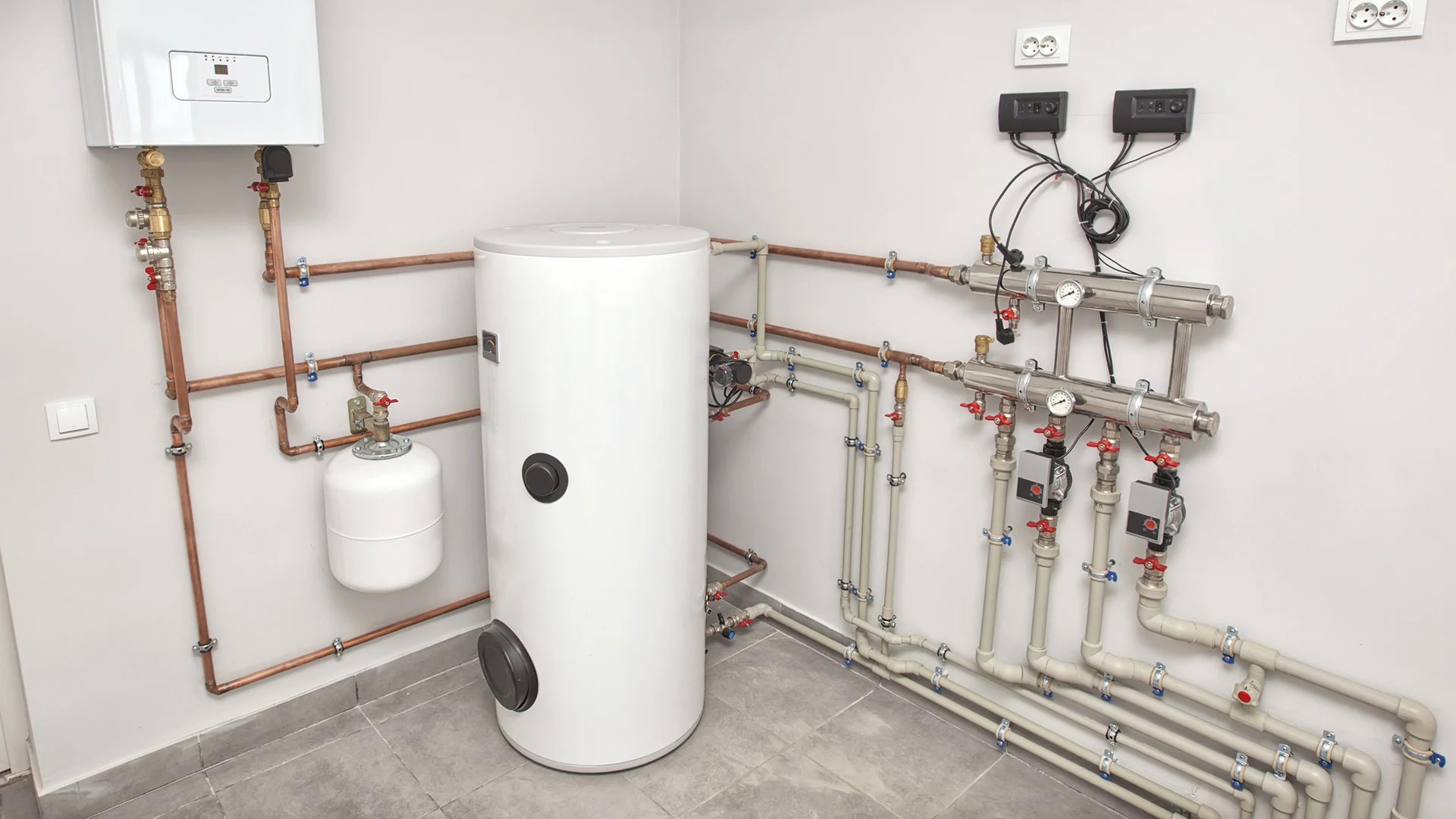
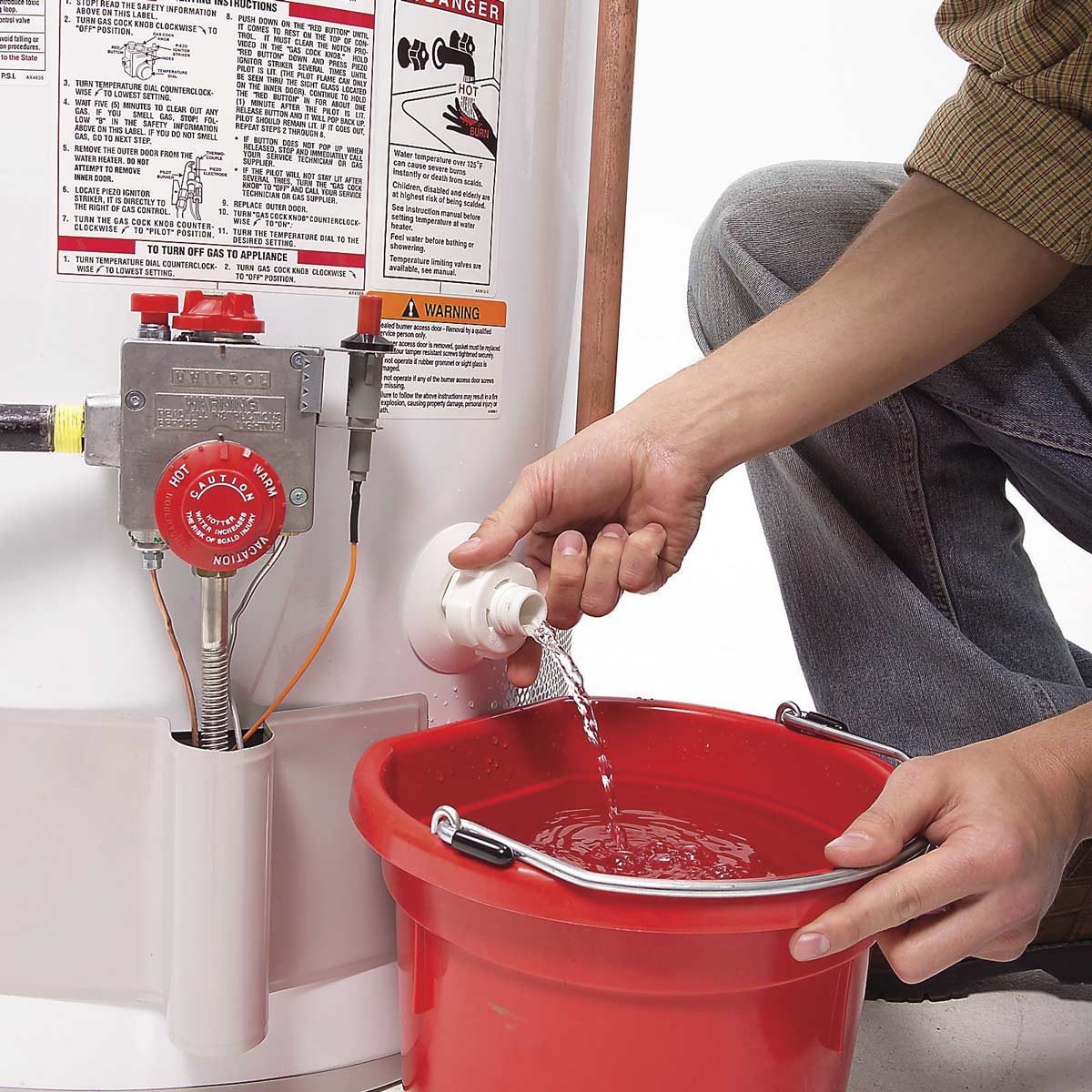
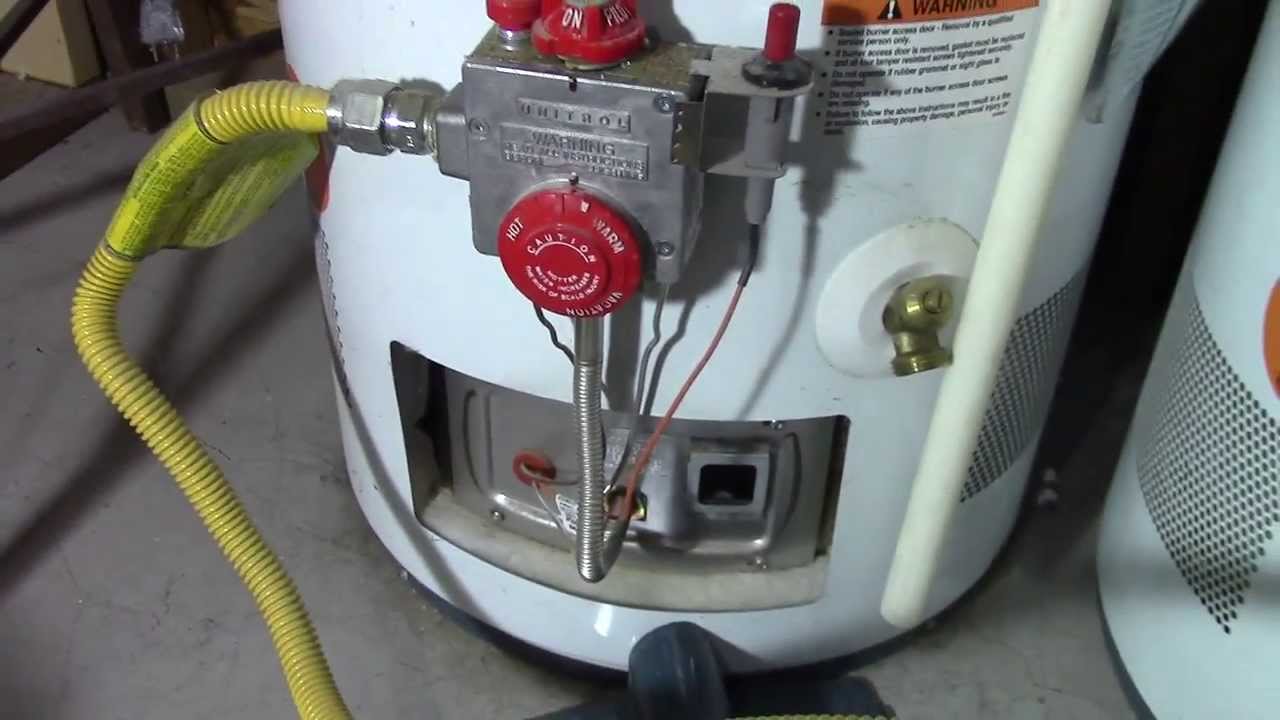
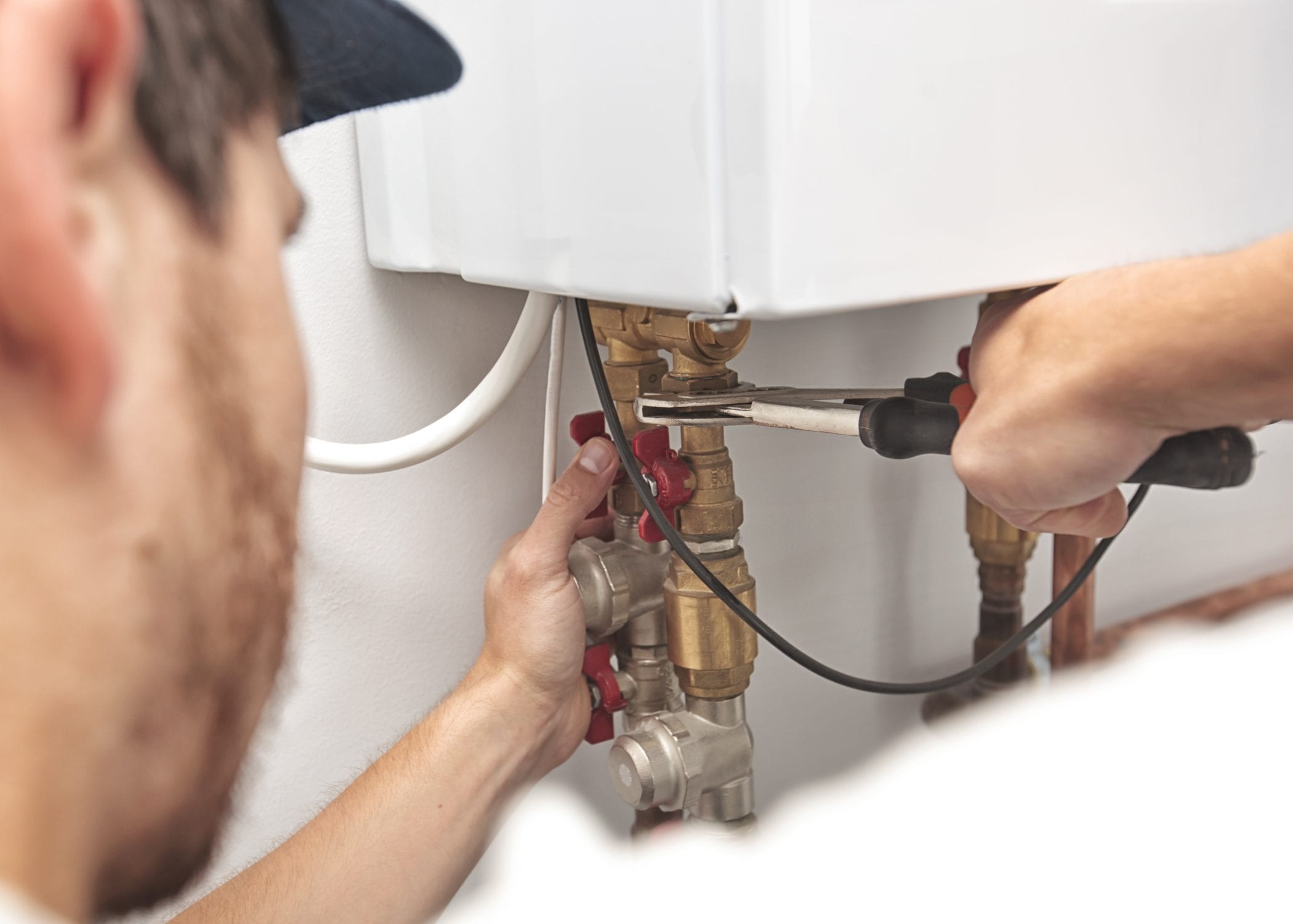
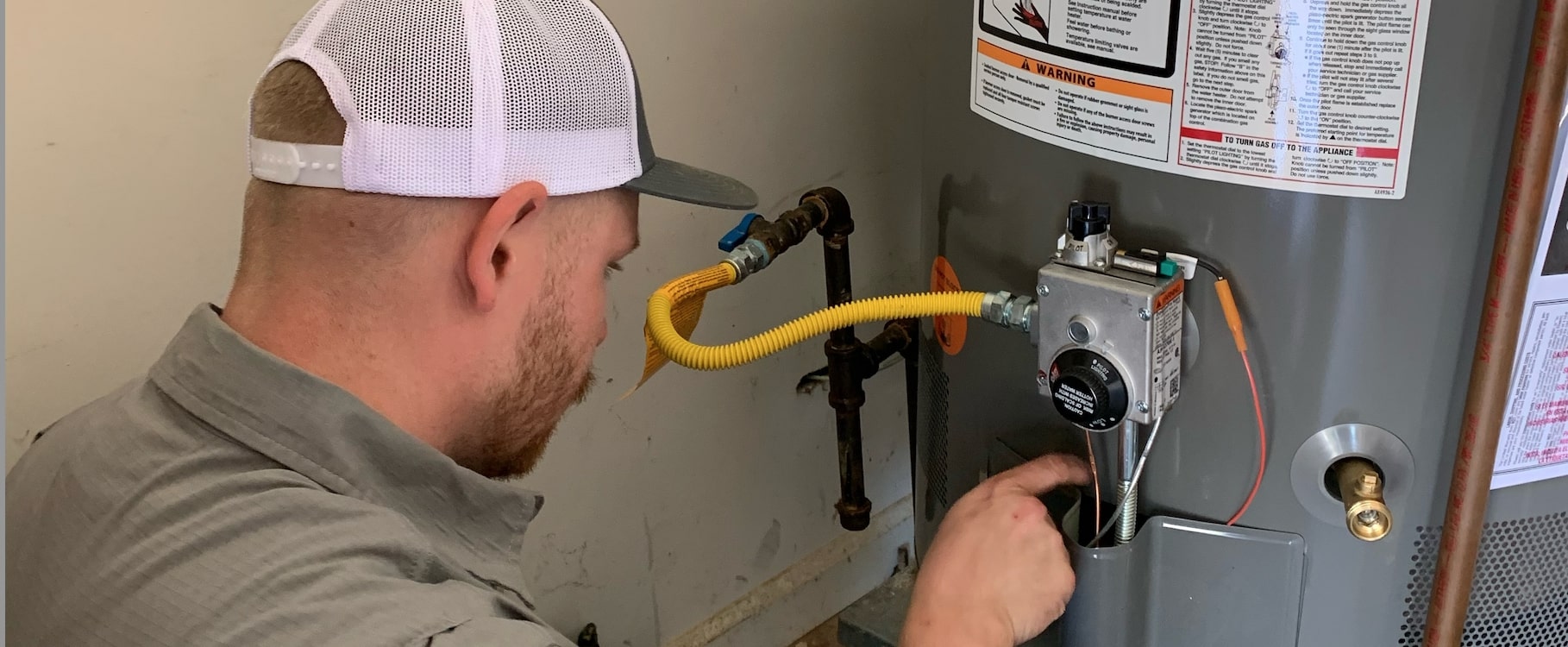
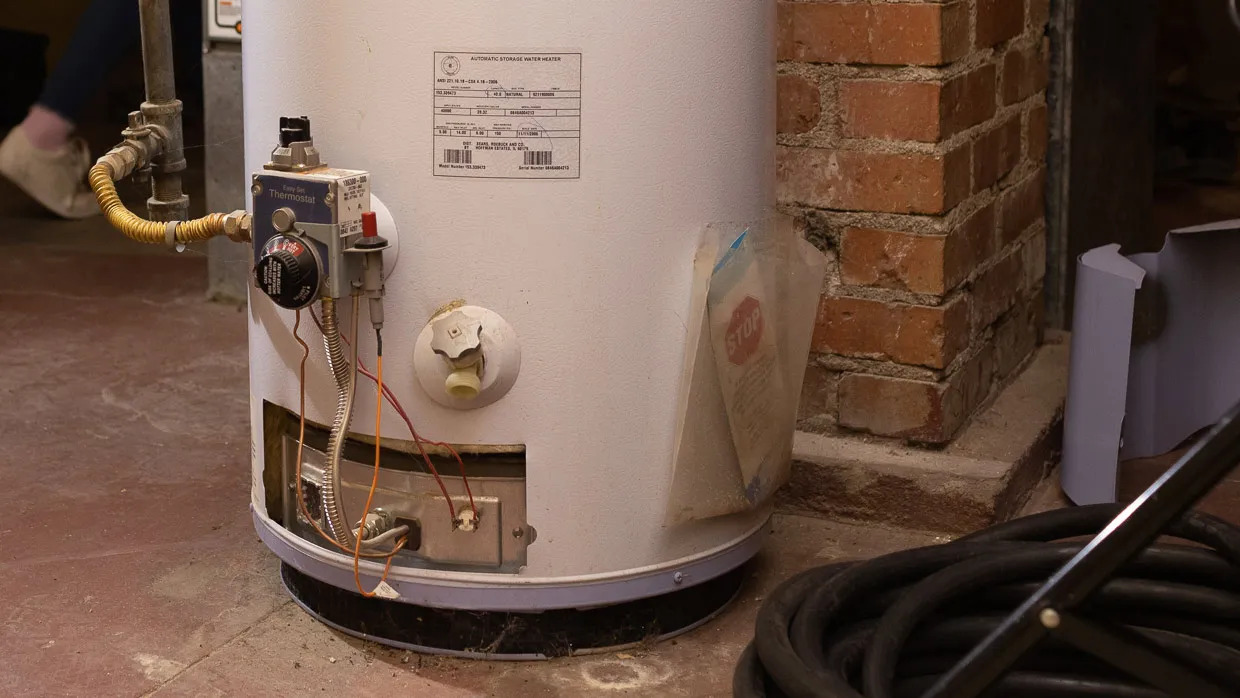

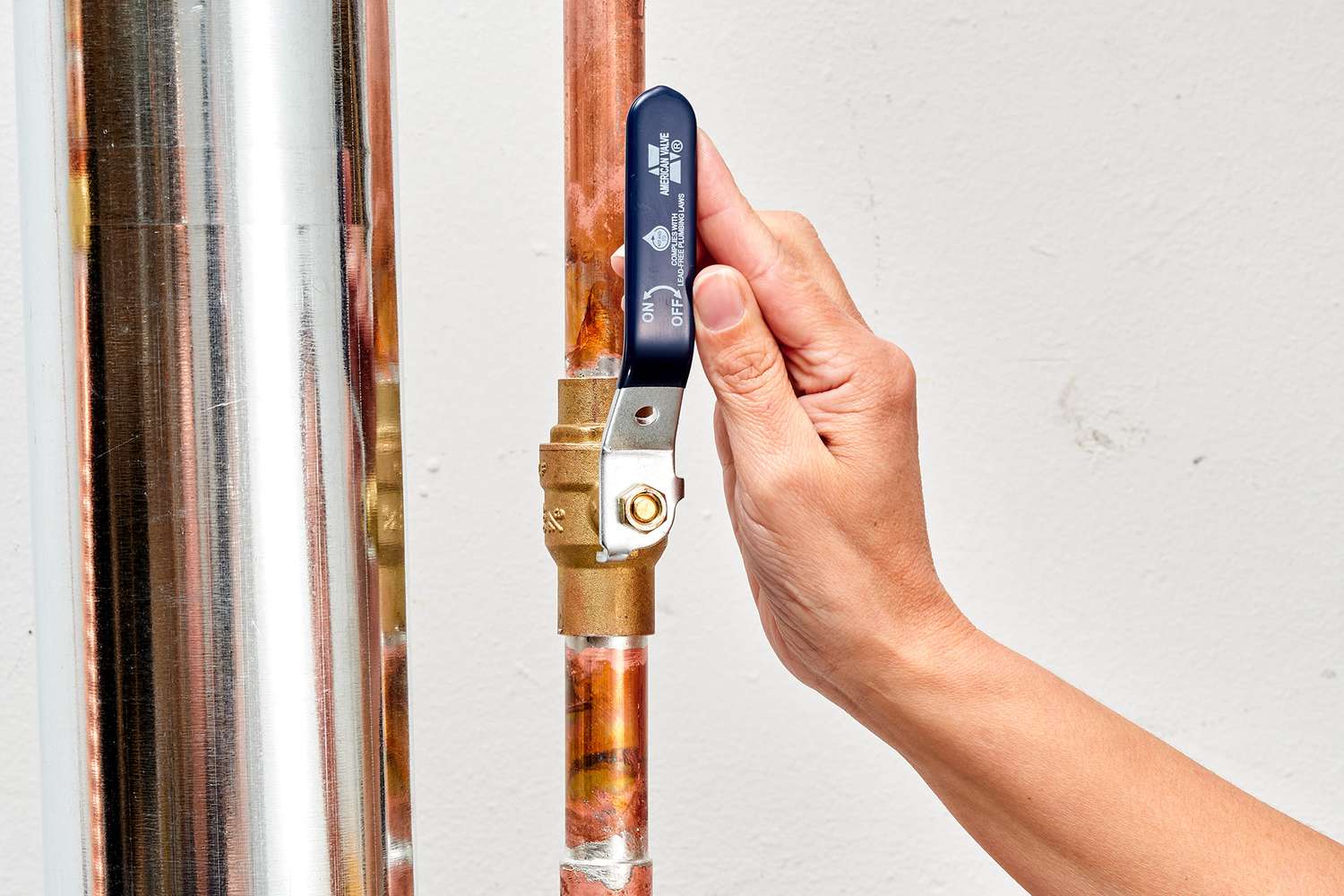
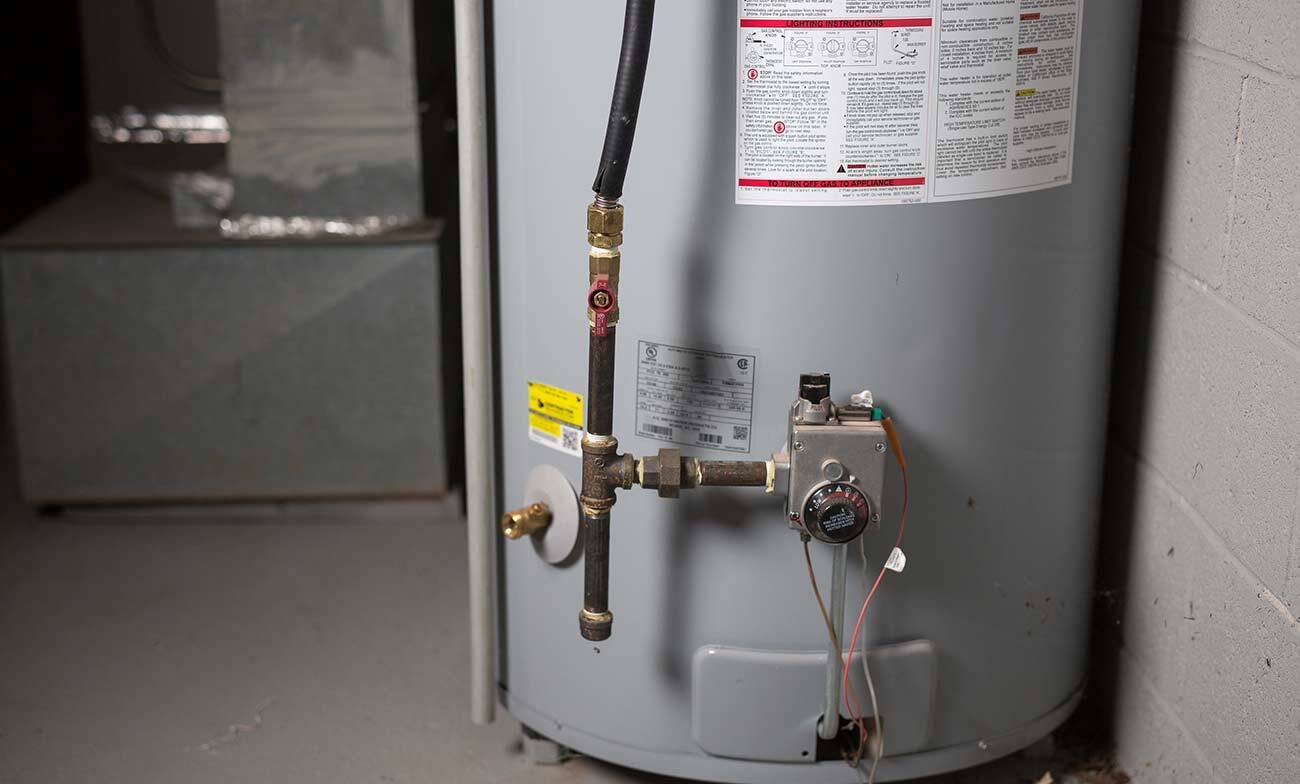
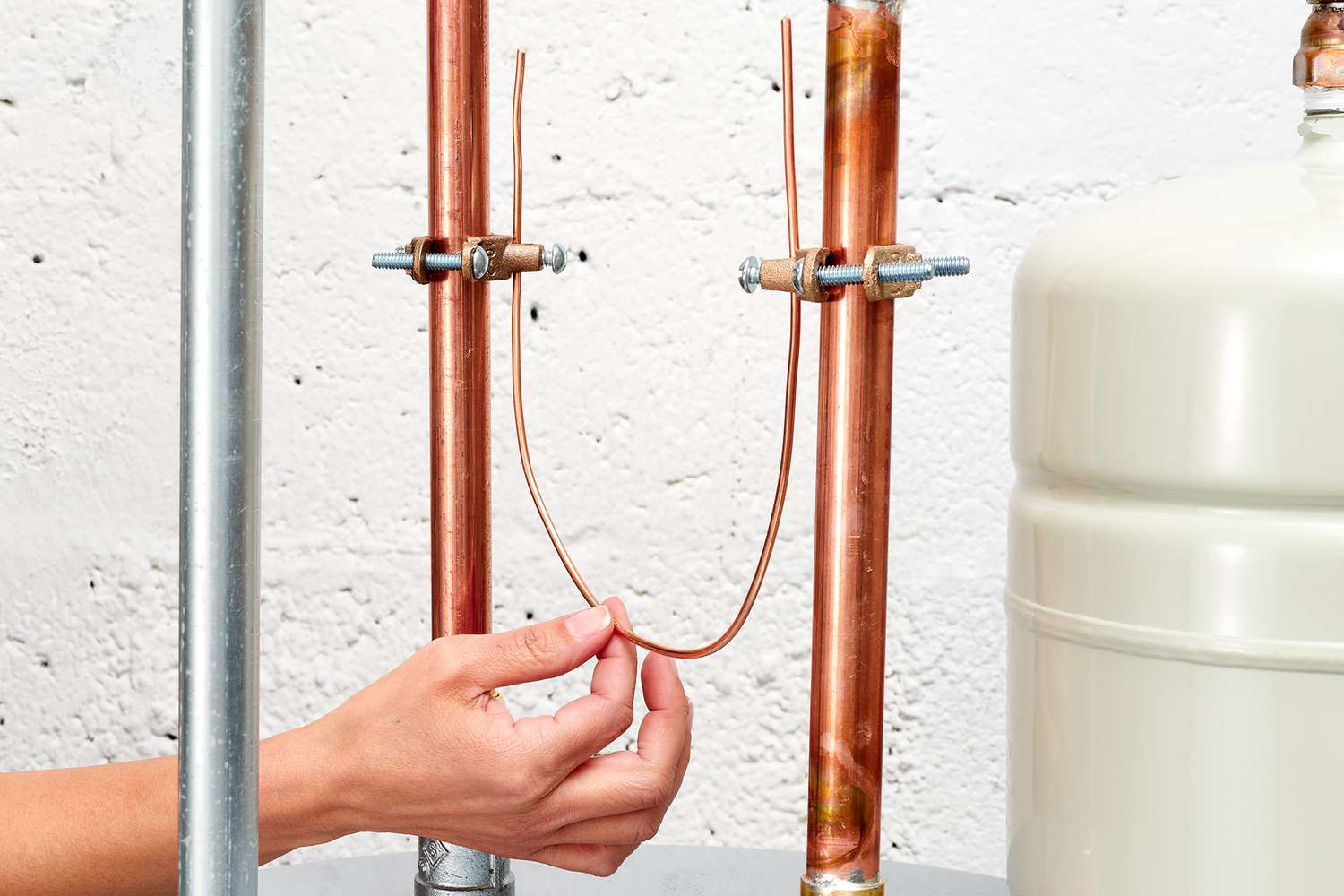
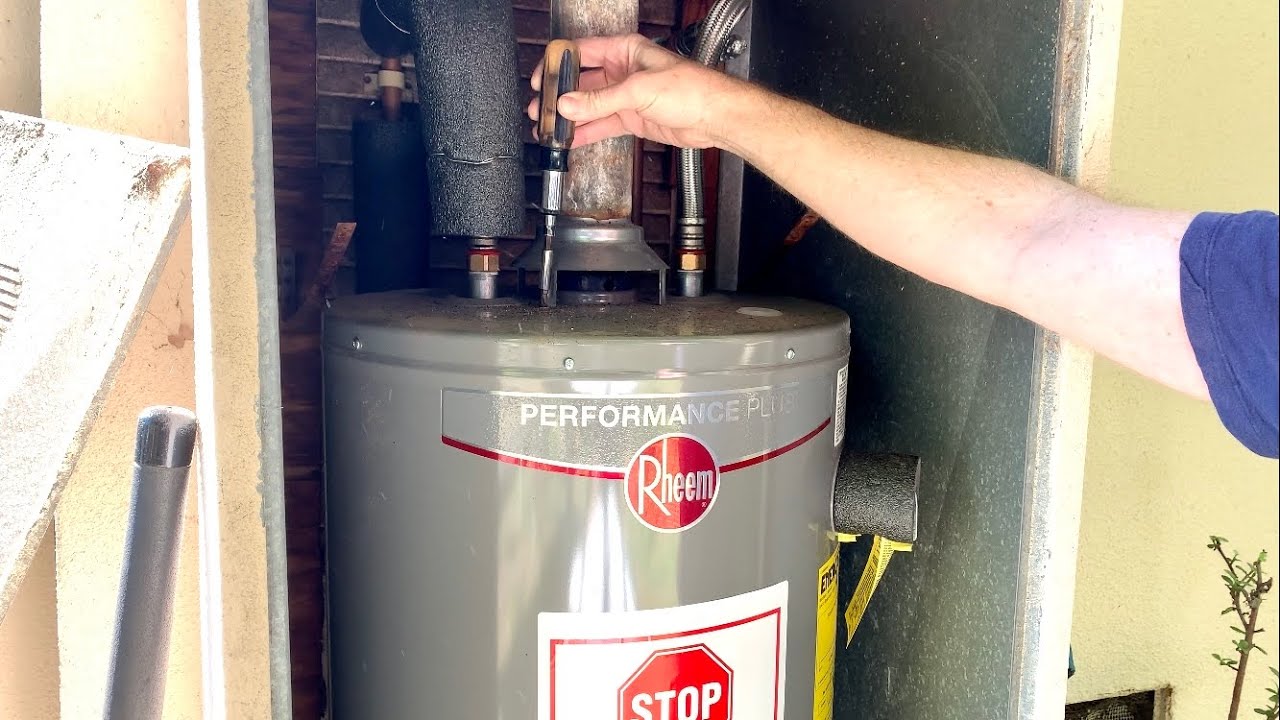
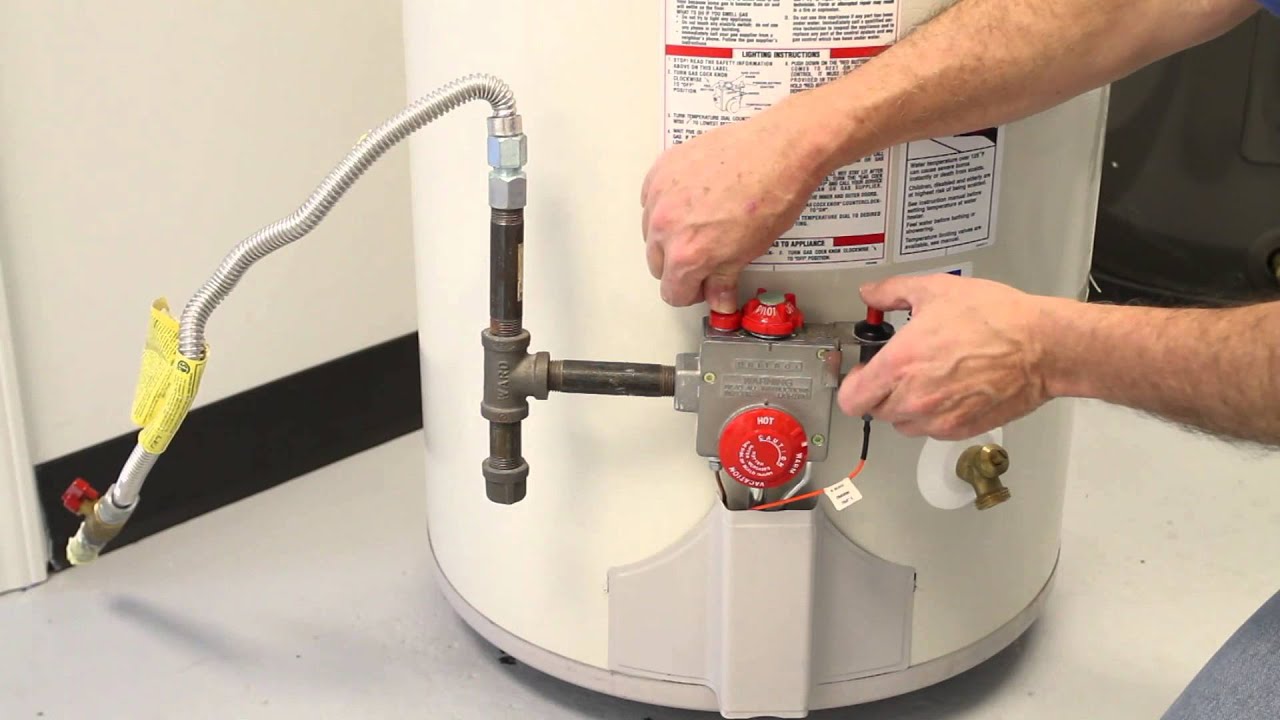


0 thoughts on “How Do You Flush A Hot Water Heater”